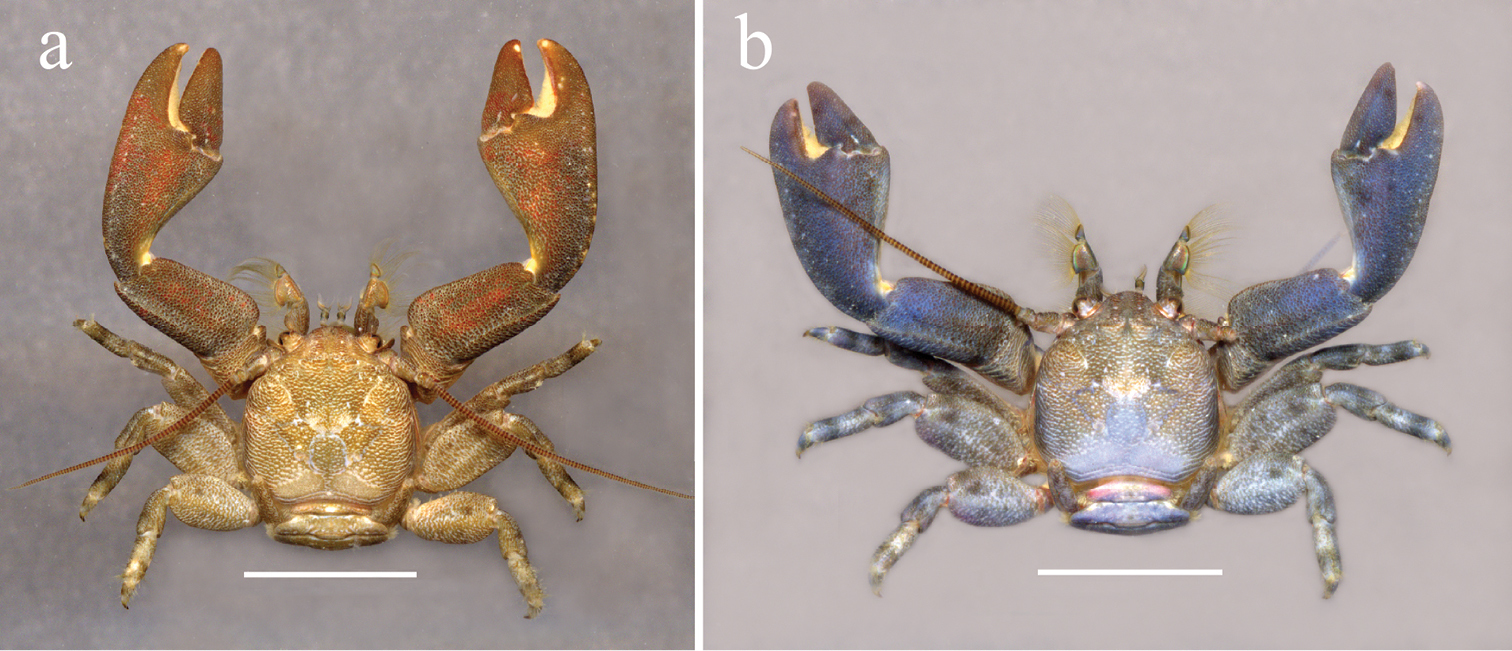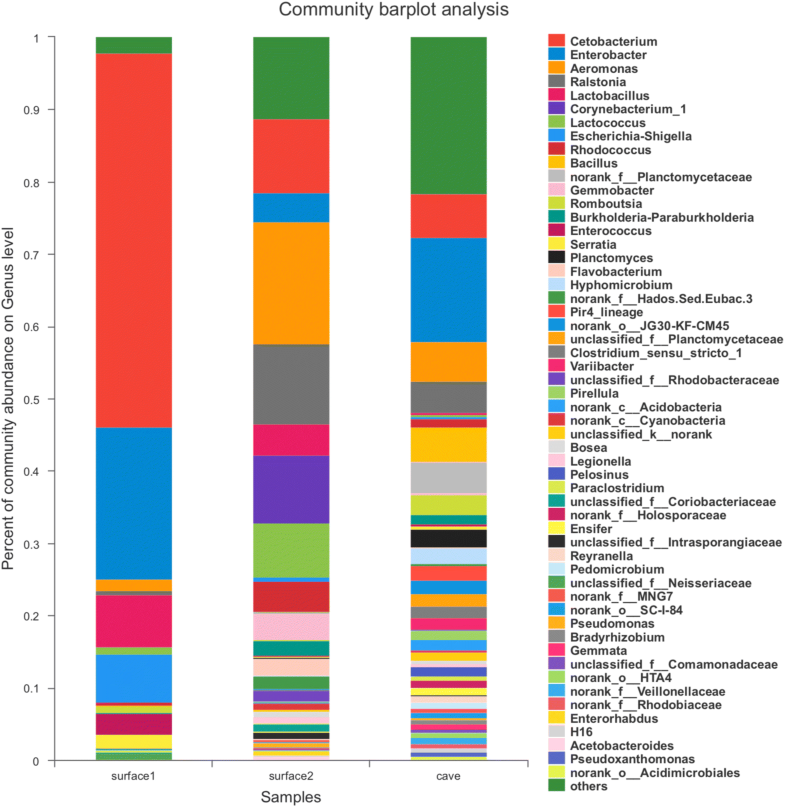by Piter Kehoma Boll
There’s nothing as threatening to nature as humans, as we all know. A lot of species have become endangered and even extinct due to human influence all around the world. As an attempt to protect whatever is left, we have been creating protected areas where species should be able to live their lives without the dangers of humanity.
However, in order to raise awareness about the importance of preserving the biodiversity, most protected areas accept human visitors. Although it does have some effect to improve the visitors’ view about nature and its importance, there are a lot of undesired side effects. Humans walking through a forest cause noise that disturbs the local fauna and the soil compaction caused by walking can lead to changes in vegetation growth and soil drainage.
But another human behavior that appears to have serious consequences on biodiversity conservation is our tendency to carry food with us, such as snacks, and eat it anywhere. People visiting a protected area may eat something on the way through the woods or stop for a picnic. Many species love food remains left by humans and will thrive with them.

One species that benefits from human food is the Steller’s jay, Cyanocitta stelleri, a corvid that is common across the the west coast of North America. As a result, this species is not at all threatened at the moment and it tends even to follow humans because of the easy access to food. In the wild, this species is a generalist omnivore, feeding on seeds, fruits, invertebrates, eggs and small vertebrates, such as rodents and bird nestlings.
Another bird that can be found in the same areas as the Steller’s jay is the marbled murrelet Brachyramphus marmoratus, a small seabird. Different from most seabirds, the marbled murrelet does not nest in cliffs or burrows near the water but on branches of old-growth conifers. As a result, they may move up to 80 km inland to find a suitable place to nest. Different from the Steller’s jay, the marbled murrelet does not benefit from human snacks. On the contrary, they may be its ruin.

The marbled murrelet relies heavily on old forests to reproduce and the female lays only one egg per year, leading to a low reproductive rate. Due to the removal of old forests by humans, the marbled murrelet has lost a lot of its original habitat and is currently considered an endangered species.
One of the few remaining areas for this species to nest is located in the Big Basin Redwoods State Park in California. The park contains many options for camping, which means humans bringing food all the time. This attracts a lot of Steller’s jays, which feast on the crumbs and other remains, and reproduce explosively. When humans are not present, this increased population migrates toward new areas, sometimes following humans to the cities, or starts to feed on whatever is present in the park, and one of the most nutritious options are nestlings of the marbled murrelet.
With an already endagered population, the marbled murrelet is about to get extinct because our desire to walk through the woods is accidentally increasing the population of one of its main predators. Will we ever be able to have a good impact on this planet?
– – –
You may also like:
Hundreds of lionfish were released in the Atlantic out of pity
Antidepressants in wastewater are unbalancing foood webs
– – –
– – –
Reference:
West EH, Brunk K, Peery MZ (2019) When protected areas produce source populations of overabundant species. Biological Conservation 238: 108220. doi: 10.1016/j.biocon.2019.108220
– – –



































